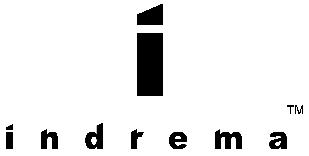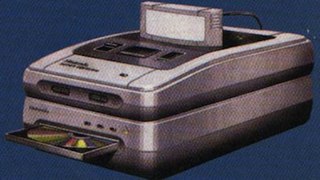 W
WThe Atari Panther is a cancelled video game console from Atari Corporation that was going to be the successor to the Atari 7800 and the Atari XEGS. It was developed by the same ex-Sinclair team, Flare Technology, who were previously responsible for two cancelled console projects: the Flare One and the Konix Multisystem. The Panther was planned to be a combination of the Atari ST and the Atari Transputer Workstation Blossom video hardware.
 W
WThe Retro Chameleon, originally called the Retro VGS then Coleco Chameleon prior to the loss of the Coleco Holdings license, is a cancelled home video game console. Its creators have stated that it was inspired by the second to fifth generations (1976–1999) of home video game consoles, and like most consoles of those generations, the Retro VGS had planned to run all of its games on individual cartridges, as opposed to optical discs and digital download. The Retro VGS was not expected to support any manner of online connectivity whatsoever, meaning all hardware and software released would have been the final product, and would not have the ability to update after release. A Kickstarter campaign was initially planned to raise funds for the project, but this was later moved to Indiegogo one week before the start of the campaign when a physical prototype was not produced.
 W
WIndrema Entertainment Systems was a consumer electronics company famous for the Indrema L600 Entertainment System, a game console intended for independent game developers.
 W
WThe Jungle was a portable game console in development by Panasonic, and announced in October 2010. With a design being roughly similar to a small laptop, it was developed as a portable platform for MMOs and aimed at players who wanted to play online games on the go. The Jungle was also Panasonic's first attempt at creating a handheld console. It was expected to be released in mid-2011, effectively putting it into the eighth generation of gaming along with the Nintendo 3DS and the then-unreleased PlayStation Vita.
 W
WThe MoMA Eve was a handheld gaming console presented by Via at E3 2004. It was supposed to play PC games as well as games designed for it. The player would have had to purchase a SIM Card to play purchased games on it. The buttons look like the buttons on an average video game controller with a D-pad on the left, four action buttons on the right, one Start button in the middle, and two analog sticks. It had a 533 MHz processor, a 20GB hard drive for games and movies, Wi-Fi, and a CF slot. It also had TV-OUT. The console encountered a trademark issue in mid-2004. The system was never released and is considered vaporware.
 W
WThe 32X is an add-on for the Sega Genesis video game console. Codenamed "Project Mars", the 32X was designed to expand the power of the Genesis and serve as a transitional console into the 32-bit era until the release of the Sega Saturn. The 32X uses its own ROM cartridges and has its own library of games. It was distributed under the name Super 32X in Japan, Genesis 32X in North America, Mega Drive 32X in the PAL region, and Mega 32X in Brazil.
 W
WThe Super NES CD-ROM System, known as Super Famicom CD-ROM Adapter in Japan, is an unreleased video game peripheral for the Super Nintendo Entertainment System (SNES). The add-on built upon the functionality of the cartridge-based SNES by adding support for a CD-ROM-based format known as Super Disc.
 W
WThe XGP was a concept portable video game system created by the Korean company GamePark as the follow-up to its GP32 handheld. Initially announced in 2005, the XGP was finally announced in March 2006 along with the release of the similar XGP Mini and the XGP Kids. The company went bankrupt before releasing any of the models.